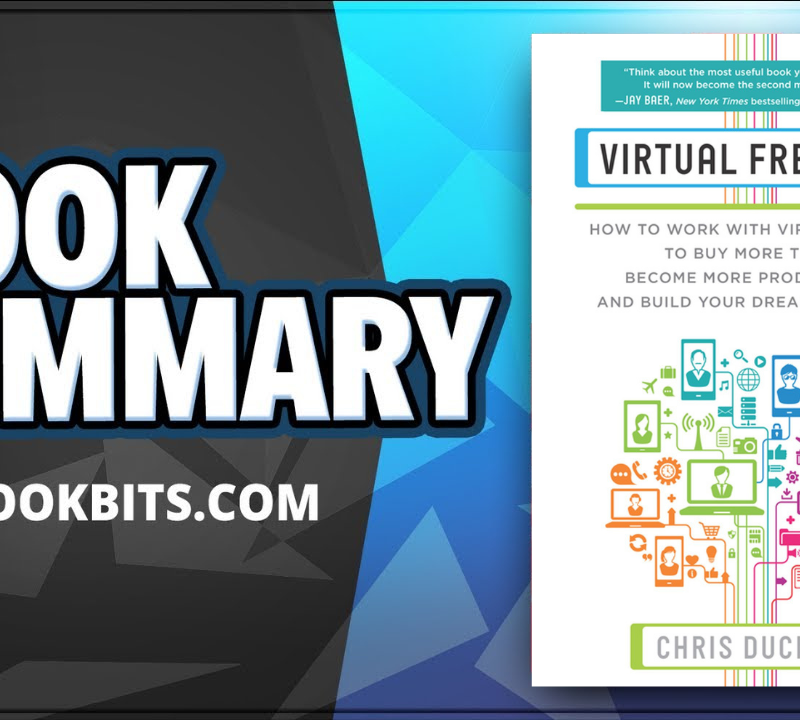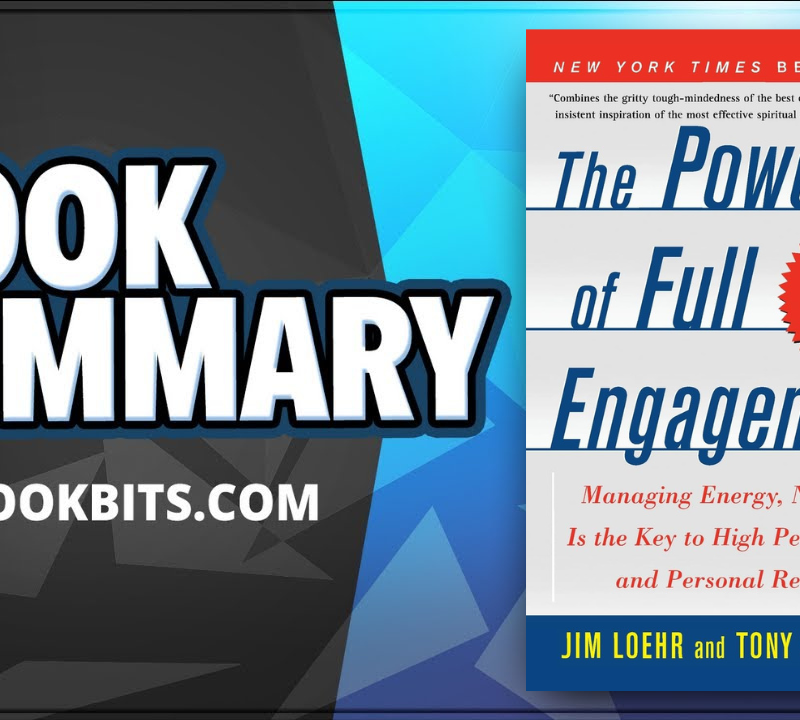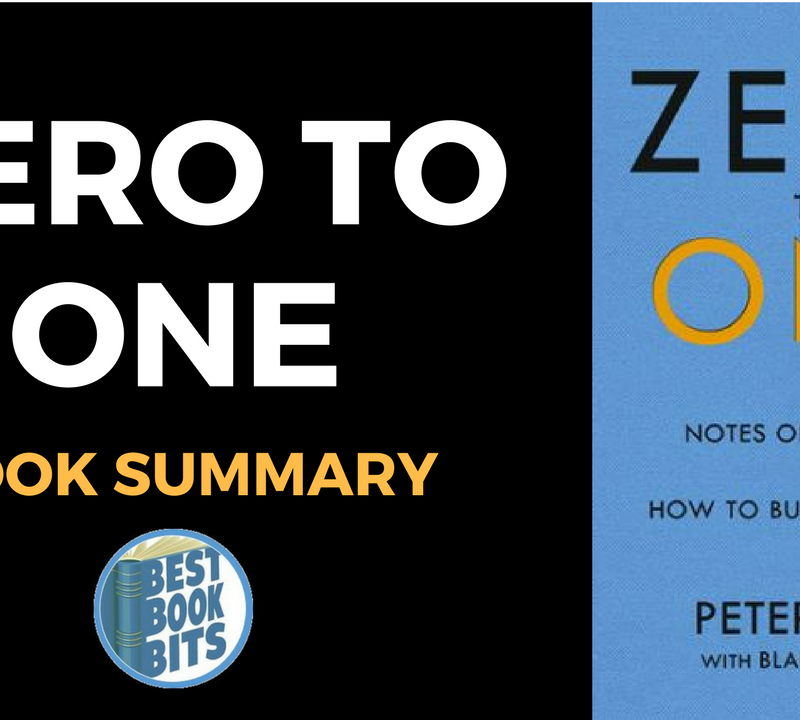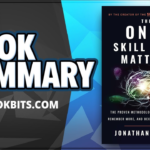★DOWNLOAD THIS FREE PDF SUMMARY HERE https://go.bestbookbits.com/freepdf
? MY FREE BOOK TO LIVING YOUR DREAM LIFE” https://go.bestbookbits.com/first-seven-steps
? SPONSOR BESTBOOKBITS BY USING PATREON https://www.patreon.com/bestbookbits
? SUPPORT BESTBOOKBITS BY CLICKING THE LINKS BELOW
150 PDF Summaries: https://go.bestbookbits.com/150
Coaching Program: https://go.bestbookbits.com/coaching
Subscribe to My Channel: https://www.youtube.com/bestbookbits?sub_confirmation=1
Website: https://bestbookbits.com
Instagram: https://www.instagram.com/bestbookbits
Spotify: https://open.spotify.com/show/0q8OW3dNrLISzyRSEovTBy
Facebook: https://www.facebook.com/michaelbestbookbits
Book Club: https://bestbookbits.com/bookclub/
Mailing List: https://mailchi.mp/d1dfc1907cdb/bestbookbits
UNEXPECTED ENTREPRENEURS
Renaissance
You already have the skills you need—you just have to know where to look.
Microbusinesses—businesses typically run by only one person—have been around since the beginning of commerce. What’s new, however, is how quickly someone can start a business and reach a group of customers. The building process is much faster and cheaper today than it has ever been. Going from idea to startup can now take less than a month and cost less than $100.
You already have the skills you need—you just have to know where to look.”
Lesson 1: Convergence
Convergence represents the intersection between something you especially like to do or are good at doing (preferably both) and what other people are also interested in.
In the overlap between the two circles, where passion or skill meets usefulness, a microbusiness built on freedom and value can thrive.
Lesson 2: Skill Transformation
To succeed in a business project, especially one you’re excited about, it helps to think carefully about all the skills you have that could be helpful to others and particularly about the combination of those skills.
Lesson 3: The Magic Formula
Bringing the first two ideas together, here is the not-so-secret recipe for microbusiness alchemy:
Passion or skill + usefulness = success
The basics of starting a business are very simple; you just need a product or service, a group of people willing to pay for it, and a way to get paid. This can be broken down as follows:
- Product or service: what you sell
- People willing to pay for it: your customers
- A way to get paid: how you’ll exchange a product or service for money
Give Them the Fish
How to put happiness in a box and sell it.
As you begin to think like an entrepreneur, you’ll notice that business ideas can come from anywhere. While thinking like this, you’ll notice opportunities for microbusiness projects everywhere you go. Here are a few common sources of inspiration:
- An inefficiency in the marketplace.
- New technology or opportunity.
- A changing space.
- A spin-off or side project.
Ask three questions for every idea:
- How would I get paid with this idea?
- How much would I get paid from this idea?
- Is there a way I could get paid more than once?
Value
val-ue: something desirable and of worth, created through exchange or effort
In our context, an even easier way to think about it is: Value means helping people. If you’re trying to build a microbusiness and you begin your efforts by helping people, you’re on the right track.
Six steps for getting started right now
- Decide on your product or service.
- Set up a website, even a very basic one
- Develop an offer.
- Ensure you have a way to get paid (get a free PayPal account to start).
- Announce your offer to the world
- Learn from steps 1 through 5, then repeat.
Most people want more of some things (money, love, attention) and less of other things (stress, anxiety, debt). Always focus on what you can add or take away to improve someone’s life … and then prepare to get paid.
Follow Your Passion … Maybe
Get paid to do what you love by making sure it connects to what other people want.
Many follow-your-passion businesses are built on something indirectly related, not the passion or hobby itself. When considering an opportunity, ask: “Where is the business model?” Not every passion or hobby is worth building into a business, and not everyone will want to have a business that is based on a passion or hobby.
Instant Consultant Business
You can start a new business as a consultant in about one day, if not sooner. Follow these two basic rules:
- Pick something specific as opposed to something general. Don’t be a “business consultant” or a “life coach”—get specific about what you can really do for someone.
- No one values a $15-an-hour consultant, so do not underprice your service. Since you probably won’t have forty hours of billable work every week, charge at least $100 an hour or a comparable fixed rate for the benefit you provide.
The Rise of the Roaming Entrepreneur
“Location, location, location” is overrated. Roaming entrepreneurs are everywhere these days. Many of them are quietly building significant (six figures or higher) businesses while living in paradise. But, just as not every passion leads to a good business model, a lot of people pursue the nomadic lifestyle for the wrong reasons. The best question to answer is: What do you want to do? There are many roads to location independence, but the business of information publishing is especially profitable. (And there’s more than one path to information publishing; it isn’t just about e-books.) Find the convergence between what you love and what other people are willing to buy, remember that you’re probably good at more than one thing, and combine passion and usefulness to build a real business—no matter where you end up living.
“Find the convergence between what you love and what other people are willing to buy.”
The New Demographics
Your customers all have something in common, but it has nothing to do with old-school categories.
- Strategy 1: Latch on to a Popular Hobby, Passion, or Craze
- Strategy 2: Sell What People Buy
As you learn more about your customers and what they want, you may find yourself overwhelmed with ideas. First, make sure you’re capturing all the ideas and writing them down, since you might want them later; second, find a way to evaluate competing ideas. Use surveys to understand customers and prospects. The more specific, the better. Ask: “What is the number one thing I can do for you?”.
First of all, keep in mind the most basic questions of any successful microbusiness:
- Does the project produce an obvious product or service?
- Do you know people who will want to buy it? (Or do you know where to find them?)
- Do you have a way to get paid?
TAKING IT TO THE STREETS
The One-Page Business Plan
If your mission statement is much longer than this sentence, it could be too long. There’s nothing wrong with planning, but you can spend a lifetime making a plan that never turns into action. In the battle between planning and action, action wins.
Test your market
- You need to care about the problem you are going to solve, and there has to be a sizable number of other people who also care.
- Make sure the market is big enough. Test the size by checking the number and relevancy of Google keywords—the same keywords you would use if you were trying to find your product.
- Focus on eliminating “blatant admitted pain.” The product needs to solve a problem that causes pain that the market knows it has.
- Almost everything that is being sold is for either a deep pain or a deep desire. You need to show people how you can help remove or reduce pain.
- Always think in terms of solutions. Make sure your solution is different and better.
- Ask others about the idea but make sure the people you ask are your potential target market.
- Create an outline for what you are doing and show it to a subgroup of your community. Ask them to test it for free in return for feedback and confidentiality.
★DOWNLOAD THIS FREE PDF SUMMARY HERE https://go.bestbookbits.com/freepdf
? MY FREE BOOK TO LIVING YOUR DREAM LIFE” https://go.bestbookbits.com/first-seven-steps
? SPONSOR BESTBOOKBITS BY USING PATREON https://www.patreon.com/bestbookbits
? SUPPORT BESTBOOKBITS BY CLICKING THE LINKS BELOW
150 PDF Summaries: https://go.bestbookbits.com/150
Coaching Program: https://go.bestbookbits.com/coaching
Subscribe to My Channel: https://www.youtube.com/bestbookbits?sub_confirmation=1
Website: https://bestbookbits.com
Instagram: https://www.instagram.com/bestbookbits
Spotify: https://open.spotify.com/show/0q8OW3dNrLISzyRSEovTBy
Facebook: https://www.facebook.com/michaelbestbookbits
Book Club: https://bestbookbits.com/bookclub/
Mailing List: https://mailchi.mp/d1dfc1907cdb/bestbookbits
Mission Statements
Let’s break down the planning process into a very simple exercise: defining the mission statement for your business (or your business idea) in 140 characters or less. That is the maximum amount of text for an update on Twitter and a good natural limit for narrowing down a concept. It may help to think of the first two characteristics of any business: a product or service and the group of people who pay for it. Put the two together and you’ve got a mission statement
An Offer You Can’t Refuse
The step-by-step guide to creating a killer offer.
- Understand that what we want and what we say we want are not always the same thing. A good offer has to be what people actually want and are willing to pay for.
- Most of us like to buy, but we don’t usually like to be sold.
An offer you can’t refuse may apply subtle pressure, but nobody likes a hard sell. Instead, compelling offers often create an illusion that a purchase is an invitation, not a pitch. - Provide a nudge.
The very best offers create a “You must have this right now!” feeling among consumers, but many other offers can succeed by creating a less immediate sense of urgency.
Launch!
Because a planned launch campaign can provide far better results than simply putting something out there and saying, “Hey, here you go,” you’ll want to think carefully about how to structure it. The campaign usually unfolds in a series of messages you send to your audience, and you should keep the Hollywood analogy in mind: The worst thing you could do for a launch is to open your movie without letting anyone know. A much better thing is to tell a story.
The goal of a good launch is not just to convert as many prospects as possible; it’s also to preserve your relationship with other prospects and increase your influence. The reason this is important is because you don’t want to hammer people too hard; it’s better to build relationships over time.
Hustling: The Gentle Art of Self-Promotion
Advertising is like sex: Only losers pay for it. A hustler represents the ideal combination: work and talk fused together. Being willing to promote in an authentic, non-sleazy manner is a core attribute of microbusiness success. Goal: To actively and effectively recruit new prospects to your business without getting overwhelmed.
- DAILY Maintain a regular social media presence without getting sidetracked or overwhelmed. Post one to three helpful items, respond to questions, and touch base with anyone who needs help.
- WEEKLY Ask for help or joint promotions from colleagues and make sure you are being helpful to them as well. Maintain regular communication with prospects and customers.
- AT LEAST MONTHLY Connect with existing customers to make sure they are happy. (Ask: “Is there anything else I can do for you?”) Prepare for an upcoming event, contest, or product launch
- ONCE IN A WHILE
Maintain a regular social media presence without getting sidetracked or overwhelmed. Post one to three helpful items, respond to questions, and touch base with anyone who needs help. Monitor one or two key metrics (no more!). Perform your own business audit ( to find missing opportunities that can be turned into active projects. Ensure that you are regularly working toward building something significant, not just reacting to things as they appear.
Show Me the Money
Unconventional fundraising from Kickstarter to unlikely car loans. There’s nothing wrong with having a hobby, but if you’re operating a business, the primary goal is to make money. Going into debt to start a business is completely optional. Every day, people open and operate successful ventures without any kind of outside investment or borrowing. The average business can improve its odds of success greatly by getting paid in more than one way and at more than one time. You can do this with a variety of methods. Whether it’s money, access to help, or anything else, you probably have more than you think. How can you get creative about finding what you need?
LEVERAGE AND NEXT STEPS
Moving On Up
Tweaking your way to the bank: How small actions create big increases in income. The not-so-secret to improving income in an existing business is through tweaks: small changes that create a big impact. If a product typically has a 1.5 percent conversion rate and you increase the rate to 1.75 percent, the difference adds up to a lot of money as time goes on.
- Get more Traffic
- Increase Conversion
- Increase Average Sale Prices
- Sell More to Existing Customers
- Institute a New Upsell
- Encourage Referrals
- Hold a Contest
- Introduce a Powerful Guarantee
The best social media strategy? Talk about yourself, and your business. Self promote.
How to Franchise Yourself
Instructions on cloning yourself for fun and profit. Who says you can’t be in more than one place at one time? In fact, there are several ways to grow a business through the use of leverage. Franchising yourself isn’t just doing more; it’s about taking your skills, activities, and passions to a higher level to create better returns. The difference between franchising yourself and just doing more is that you take the time to be strategic.
One path to franchising yourself is to team up with a trusted partner. This doesn’t mean you completely merge your business with that person; in fact, the easiest and most common way to partner with someone is to create a joint venture. In this arrangement, two or more people join forces to collaborate on a single new project.
Going Long
Become as big as you want to be (and no bigger). the real challenge that befalls almost everyone with the opportunity to make a major career change and go it alone: finding a way to build systemization into the business, and deciding what role the business will play in the rest of their lives. Sooner or later, every successful business owner —accidental or otherwise—faces a choice: Where are we going with this thing?
There’s more than one road to freedom, and some people find it through a combination of different working arrangements. “Going long” by pursuing growth and deciding to stay small are both acceptable options, and you can split the difference by “going medium.” It all depends on what kind of freedom you’d like to achieve.
Work “on” your business by devoting time every day to activities specifically related to improvement, not just by responding to everything else that is happening. Regularly monitor one or two key metrics that are the lifeblood of your business. Check up on the others monthly or bimonthly. A business that is scalable is both teachable and valuable. If you ever want to sell your business, you’ll need to build teams and reduce owner dependency.
★DOWNLOAD THIS FREE PDF SUMMARY HERE https://go.bestbookbits.com/freepdf
? MY FREE BOOK TO LIVING YOUR DREAM LIFE” https://go.bestbookbits.com/first-seven-steps
? SPONSOR BESTBOOKBITS BY USING PATREON https://www.patreon.com/bestbookbits
? SUPPORT BESTBOOKBITS BY CLICKING THE LINKS BELOW
150 PDF Summaries: https://go.bestbookbits.com/150
Coaching Program: https://go.bestbookbits.com/coaching
Subscribe to My Channel: https://www.youtube.com/bestbookbits?sub_confirmation=1
Website: https://bestbookbits.com
Instagram: https://www.instagram.com/bestbookbits
Spotify: https://open.spotify.com/show/0q8OW3dNrLISzyRSEovTBy
Facebook: https://www.facebook.com/michaelbestbookbits
Book Club: https://bestbookbits.com/bookclub/
Mailing List: https://mailchi.mp/d1dfc1907cdb/bestbookbits














